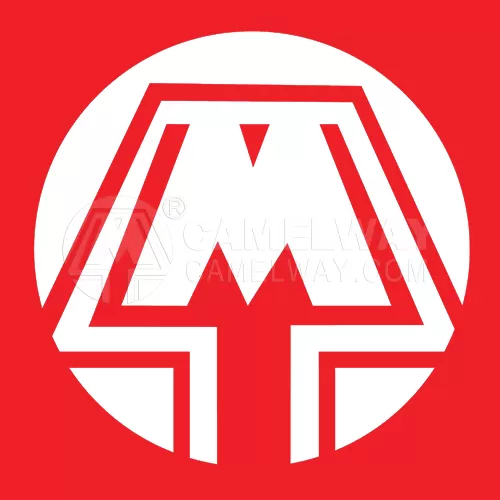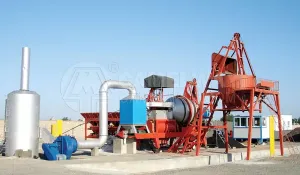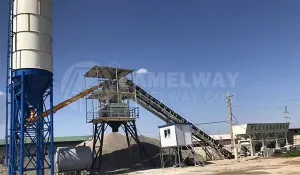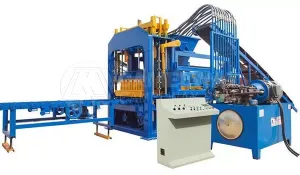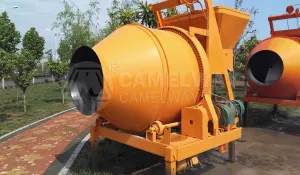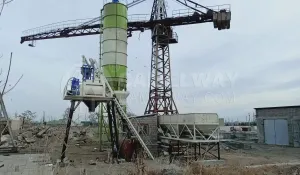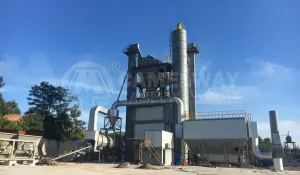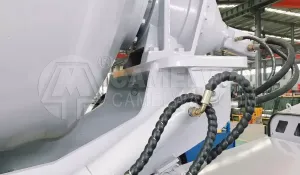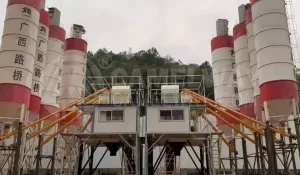If you're planning a road marking project in South Africa, understanding road marking paint price is essential. Whether you're marking highways, urban streets, parking lots, or school zones, the cost depends on many variables. This guide explains typical price ranges, cost-drivers, key suppliers (including international and local), and tips to negotiate better rates.
1. Typical Price Ranges in South Africa
| Type of Paint / Specification | Estimated Price (including VAT & delivery, typical order size) | Notes |
| Water-based traffic line paint (white or yellow, city streets) | ≈ ZAR 30 – 60 per litre | Lower durability; re-apply every 6-12 months depending on traffic & weather. |
| Thermoplastic road marking paint (factory-imported / OEM, 25 kg bag) | ≈ ZAR 4000 – 7000 per ton delivered to major port / inland hub | Pricing depends heavily on container freight, customs duties, and inland transport. |
| Epoxy / Cold Plastic Paint (for high wear, symbols, arrows) | ≈ ZAR 80 – 120 per litre | Used where higher chemical resistance or durability is required. |
| MMA (Methyl Methacrylate) marking system | ≈ ZAR 150 – 250 per litre | Premium; fast curing; high upfront cost but longer lifespan (4-8 years). |
2. What Drives the Price?
- Raw material costs: Titanium dioxide, hydrocarbon resins, glass beads – globally traded; currency fluctuations impact import price.
- Customs duties & taxes: When importing thermoplastic materials, duties, import VAT, and local regulatory fees add cost.
- Freight & logistics: Shipping from ports (e.g. Durban, Cape Town) plus inland haulage costs can be significant, especially for heavy bags of thermoplastic.
- Order volume & packaging: Larger orders (full container loads) reduce per-ton cost; packaging in smaller bags increases unit cost.
- Supplier origin and reputation: Local suppliers may charge more but provide lower transport costs; overseas suppliers may be cheaper but incur freight + lead time + potential customs risk.
- Specification / performance level: Factors such as reflectivity level, skid resistance, film thickness, color (white tends to cost more), and additives (anti-slip, UV stable) affect price.
3. Key Suppliers for South Africa
Here are some known suppliers and manufacturers relevant to the South African market:
- TIANHUA Group (China) — Offers thermoplastic road marking paint with OEM/ private label options; experienced in exporting to Africa including South Africa. Can handle large container loads and offers technical support.
- Local road marking & paint companies — Several South African firms import thermoplastic or cold-applied paints and resell with mark-ups; they often provide faster delivery within provinces.
- Multinational brands (Europe/USA) — In some cases, these firms supply premium products via local distributors, especially for high specification contracts (airports, highways). These tend to cost more but often provide higher technical guarantees.
4. How to Reduce Costs Without Compromising Quality
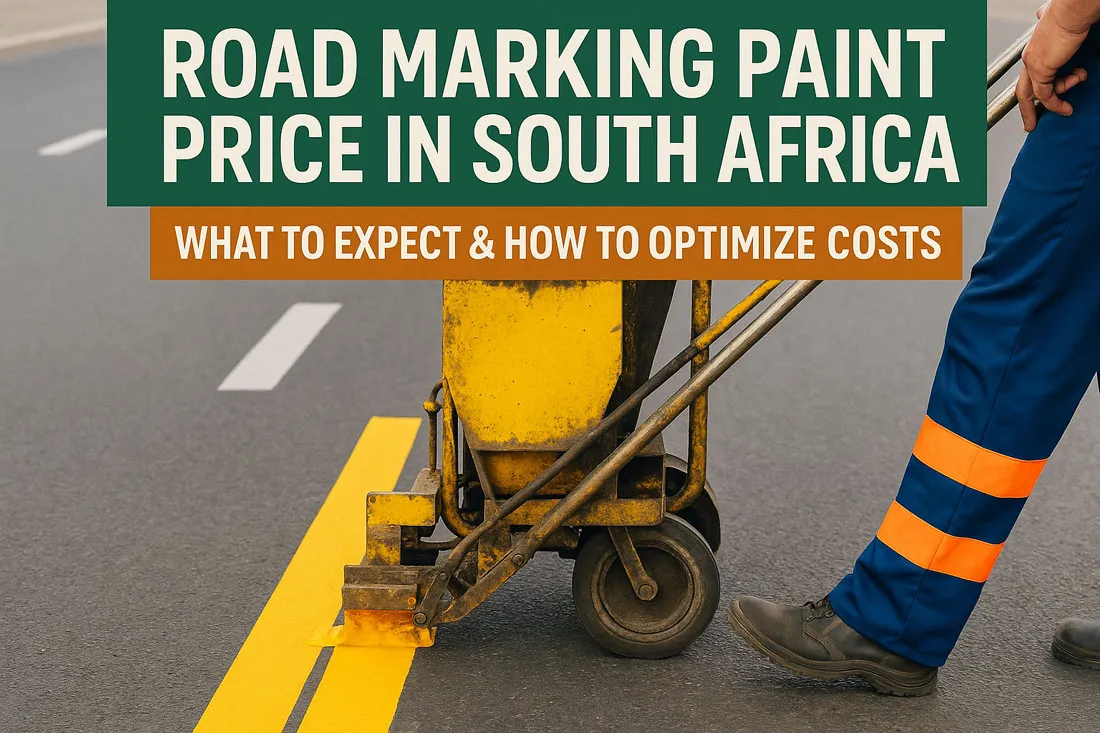
- Order in bulk (full container or large tonnage) to lower per-ton freight & handling.
- Negotiate better delivery terms, such as DDP (delivered duties paid) or CIF to nearest port, and choose local transport wisely.
- Specify realistic but sufficient performance: correct film thickness, reflectivity, skid resistance—but avoid over-specifying features you won't use.
- Consider OEM/private label imports: buying from manufacturers like Tianhua Group and branding locally may lower costs.
- Combine procurement across projects to increase total quantity and get group discounts.
5. Sample Estimate Calculation
Suppose a contractor needs to paint **10 kilometres** of highway lane lines. Using thermoplastic paint with a line width of 125 mm and target film thickness of 2.5 mm:
- Volume of line = length × width = 10,000 m × 0.125 m = 1,250 m² surface area.
- Using a paint density & consumption factor (~0.6 kg per m² per mm thickness) → estimated paint required = 1,250 × 2.5 × 0.6 = ~1,875 kg ≈ 1.875 tons.
- If price = ZAR 5,500/ton (imported thermoplastic) delivered to inland hub, material cost = 1.875 × 5,500 = ZAR 10,312.50.
- Add transport, application labour, bead application etc., so total cost might reach ZAR 15,000-18,000 depending on local wage and bead costs.
6. Procurement Tips for South Africa
- Always ask for sample + third-party test report (reflectivity, skid, thickness).
- If importing, check customs classification (HS codes), import duties, and local compliance regulations.
- Check whether supplier includes glass beads or whether you must source them locally.
- Ensure supplier supports a performance guarantee and has local service or warranty support.
Conclusion
The **road marking paint price in South Africa** fluctuates based on specification, volume, and supply chain factors. For thermoplastic paints, contractors should expect pricing in the range of approximately ZAR 4,000–7,000 per ton (delivered) plus local costs. Buying from reputable manufacturers and combining procurement wisely will help ensure quality while keeping costs competitive.
If you want a precise cost estimate for your project, including material consumption, freight, and application labour, our Thermoplastic Road Marking Paint Calculator can help you model those numbers.

